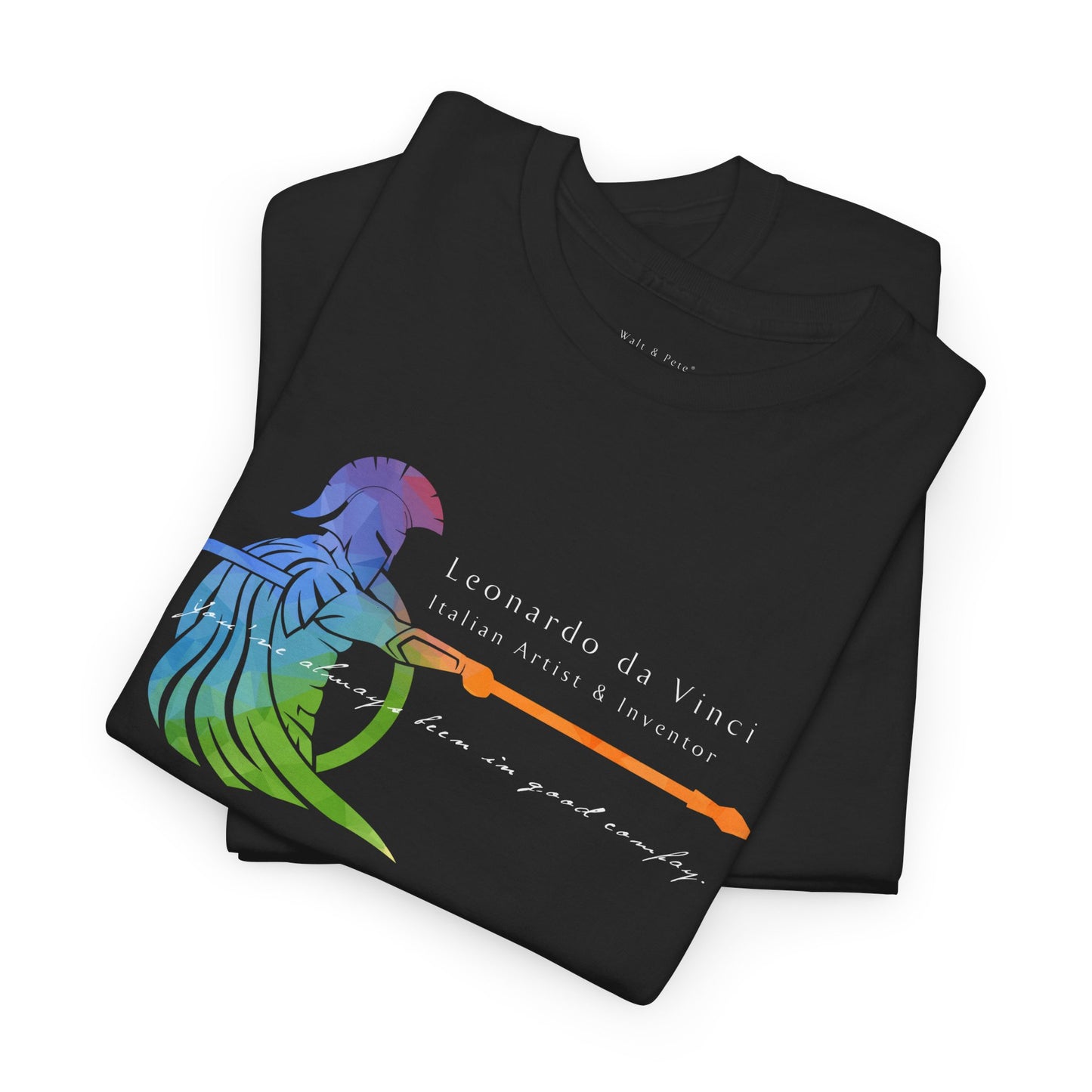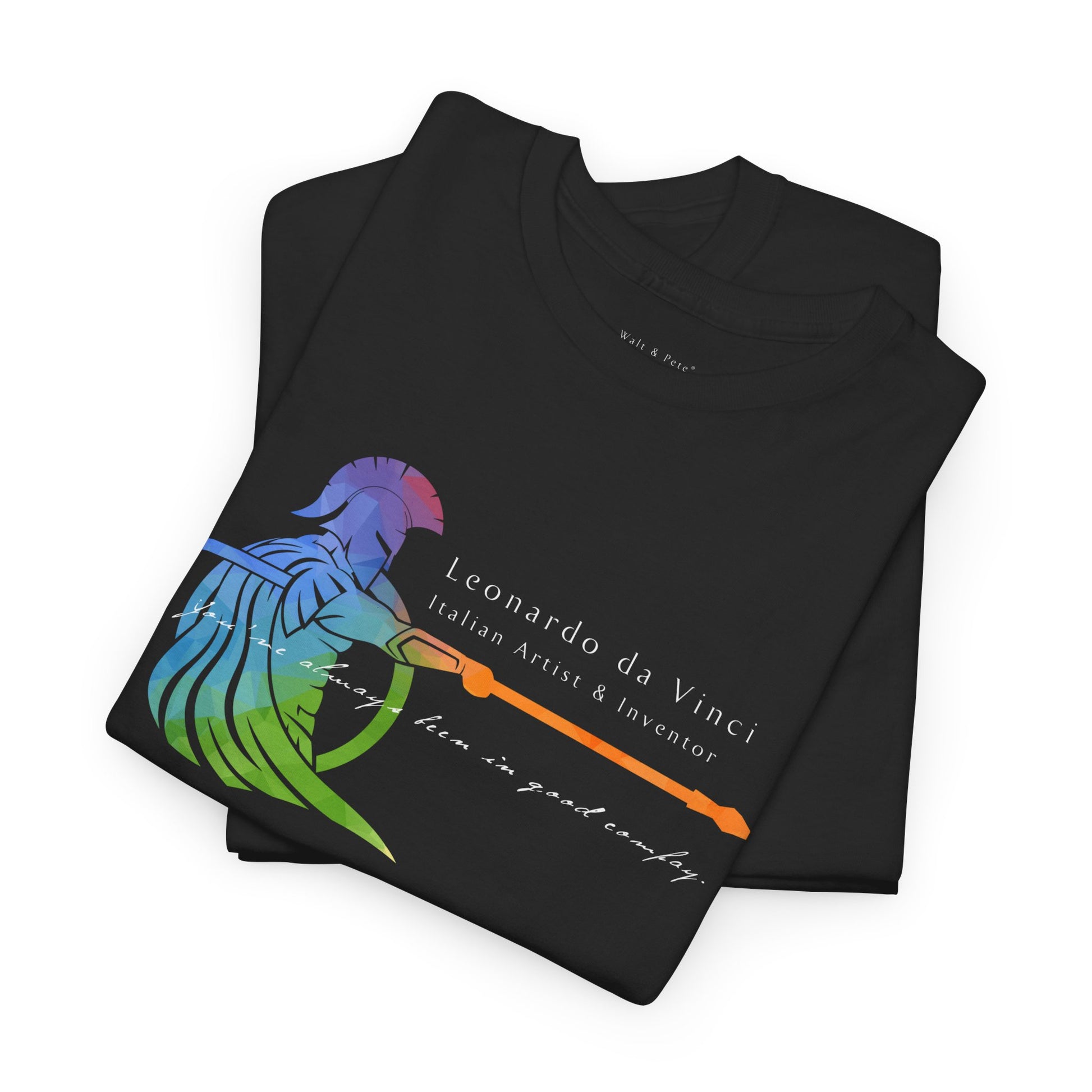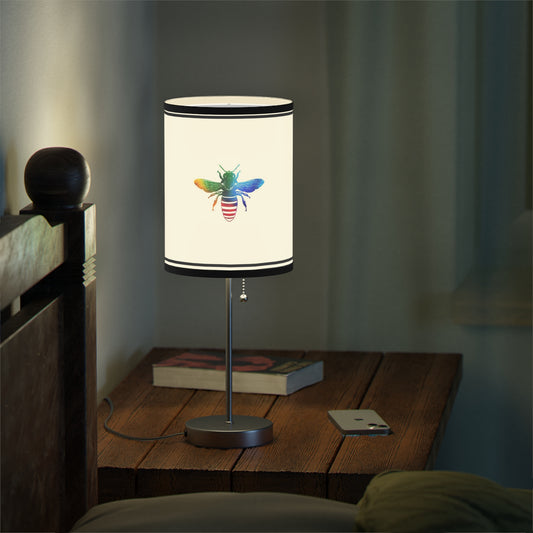Leonardo da Vinci | Italian Artist & Inventor | Pride T-Shirt
Couldn't load pickup availability
Leonardo da Vinci | Italian Artist & Inventor | Pride T-Shirt | Be Educational | Read Bio Below
Show Your Strength and Pride with Our Gay & Bi Spartan Pride T-Shirts
Unleash your inner warrior with our Spartan Pride T-Shirts featuring a striking rainbow-themed Spartan graphic wielding a spear—symbolizing courage, resilience, and the vibrant spirit of the LGBTQIA+ community. From soldiers and scientists to politicians, business owners, artists, and entertainers, our community has shaped history in countless ways. This shirt stands as a testament to the immense contributions of our community, embodying the message that there's no shame in being who you are—only pride in living authentically and fearlessly.
Each Spartan Pride T-shirt is more than just apparel—it's a celebration of our legacy and a reminder that “You’ve always been in good company.” Every design proudly showcases a name and the contributions of LGBTQIA+ icons, with direct links to their inspiring biographies. Wear your pride and share our community’s powerful history at the gym, school, or your local farmers market!
Why Choose Our Spartan Pride T-Shirts?
- Iconic Design: The fierce rainbow Spartan graphic stands as a bold symbol of pride and strength. Drawn with a spear in hand, it captures the warrior spirit that lives within us all.
- Educational Impact: Each shirt tells the story of influential LGBTQIA+ figures, making it a perfect conversation starter to share our history and achievements.
- Unmatched Comfort & Quality: Made from premium 100% cotton, this unisex tee offers a classic fit with a smooth surface, providing vivid print clarity and lasting comfort.
Product Features
- Material: 100% cotton (fiber content may vary for different colors)
- Fabric Weight: Medium fabric (5.3 oz/yd² / 180 g/m²)
- Fit: Classic unisex fit for both style and comfort
- Label: Tear-away label for a clean look and feel
- Sizing: Runs true to size, making it an ideal staple for any wardrobe
Wear Your Pride Boldly & Proudly
Celebrate the diverse and dynamic history of the LGBTQIA+ community by wearing our Gay & Bi Spartan Pride T-shirts. Ideal for casual wear or as a unique statement piece, these shirts reflect the passion and pride that define our community. Step out confidently, spark conversations, and honor the trailblazers who’ve paved the way for us all.
Whether you’re out at an event, advocating for equality, or just spending time with friends, this tee speaks volumes. Embrace your pride, wear your history, and be the fearless warrior you were meant to be!













Lamp on a Stand
-
Bee Proud | Lamp on a Stand
Regular price $87.95 USDRegular priceUnit price per













